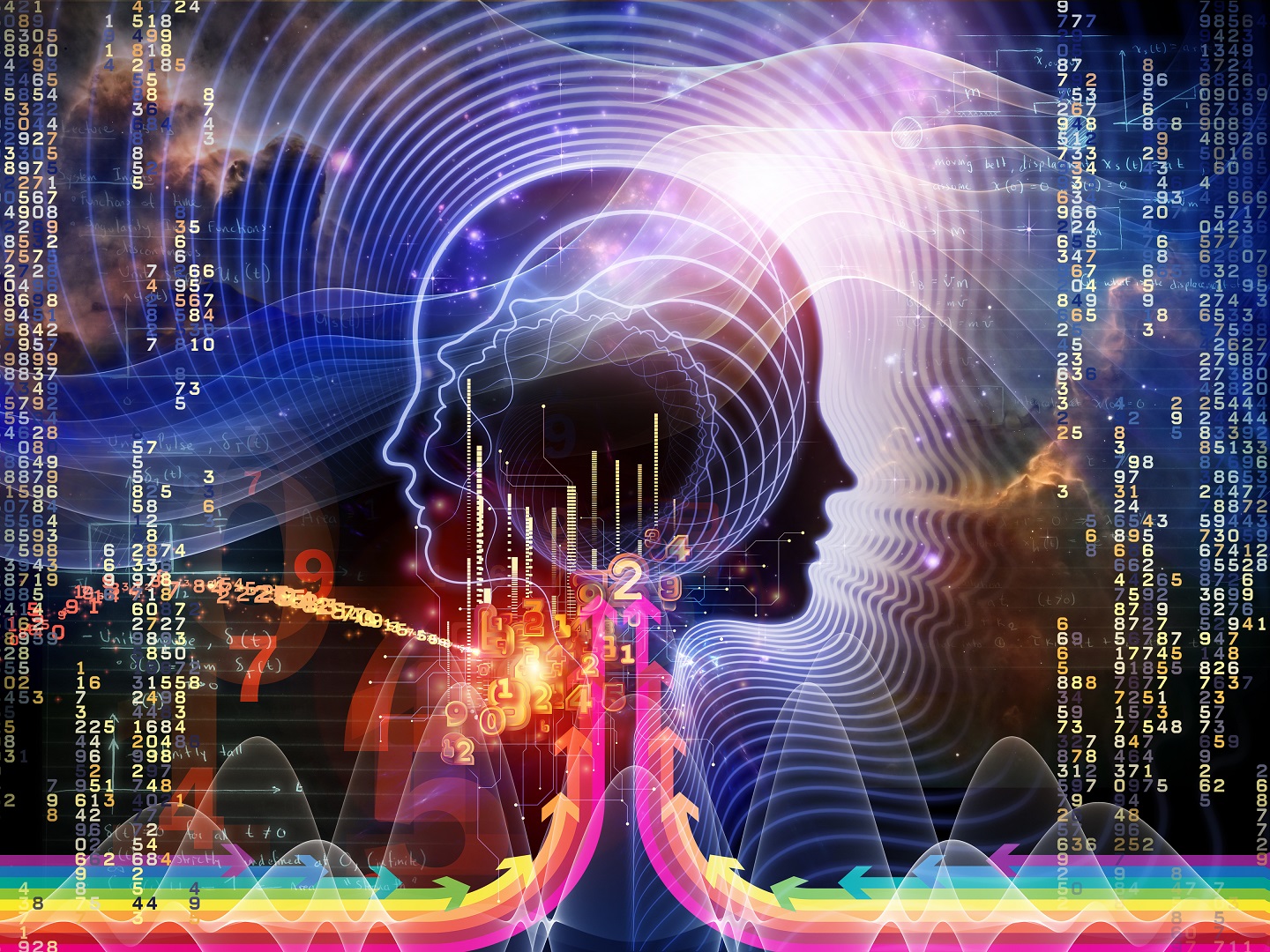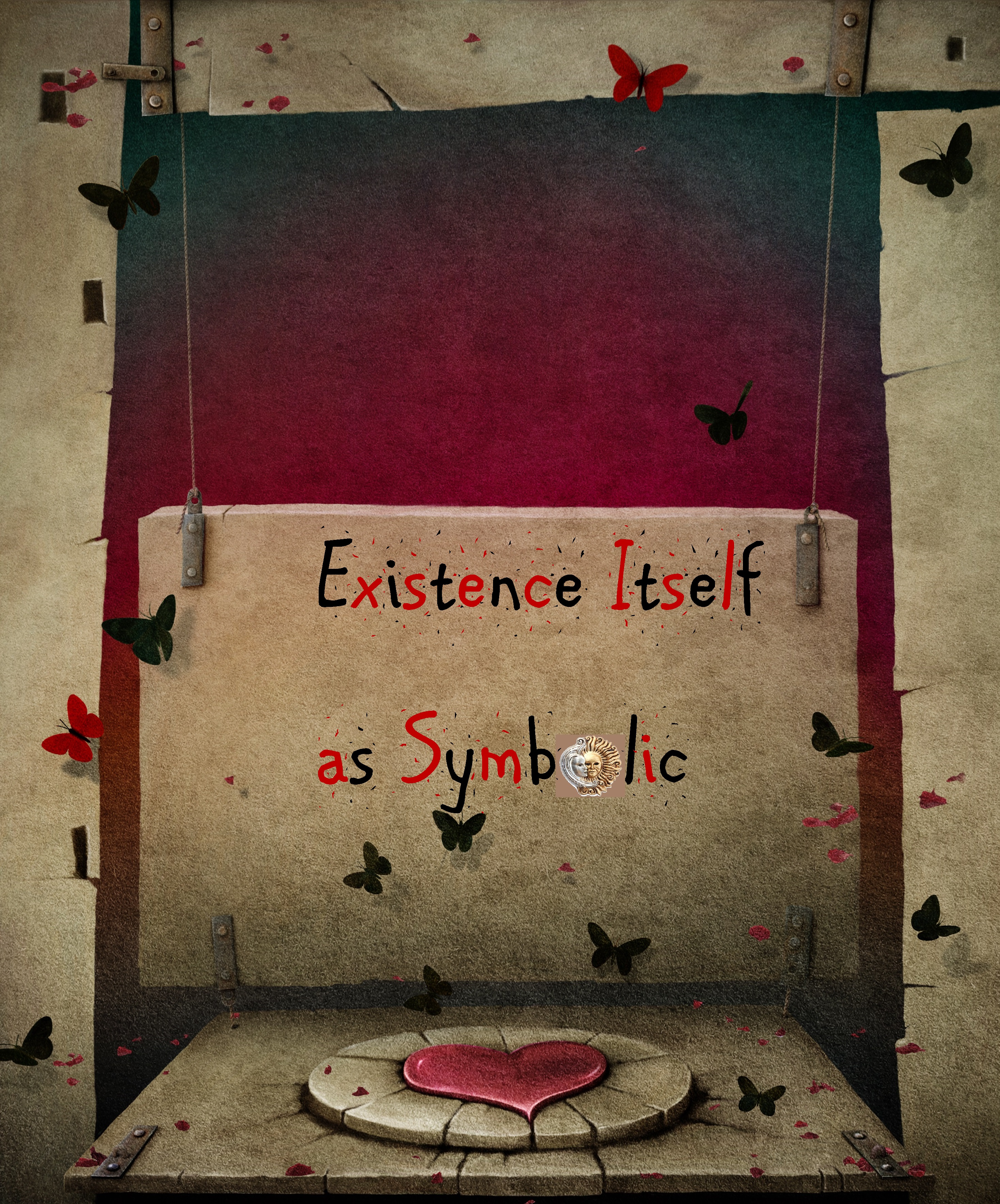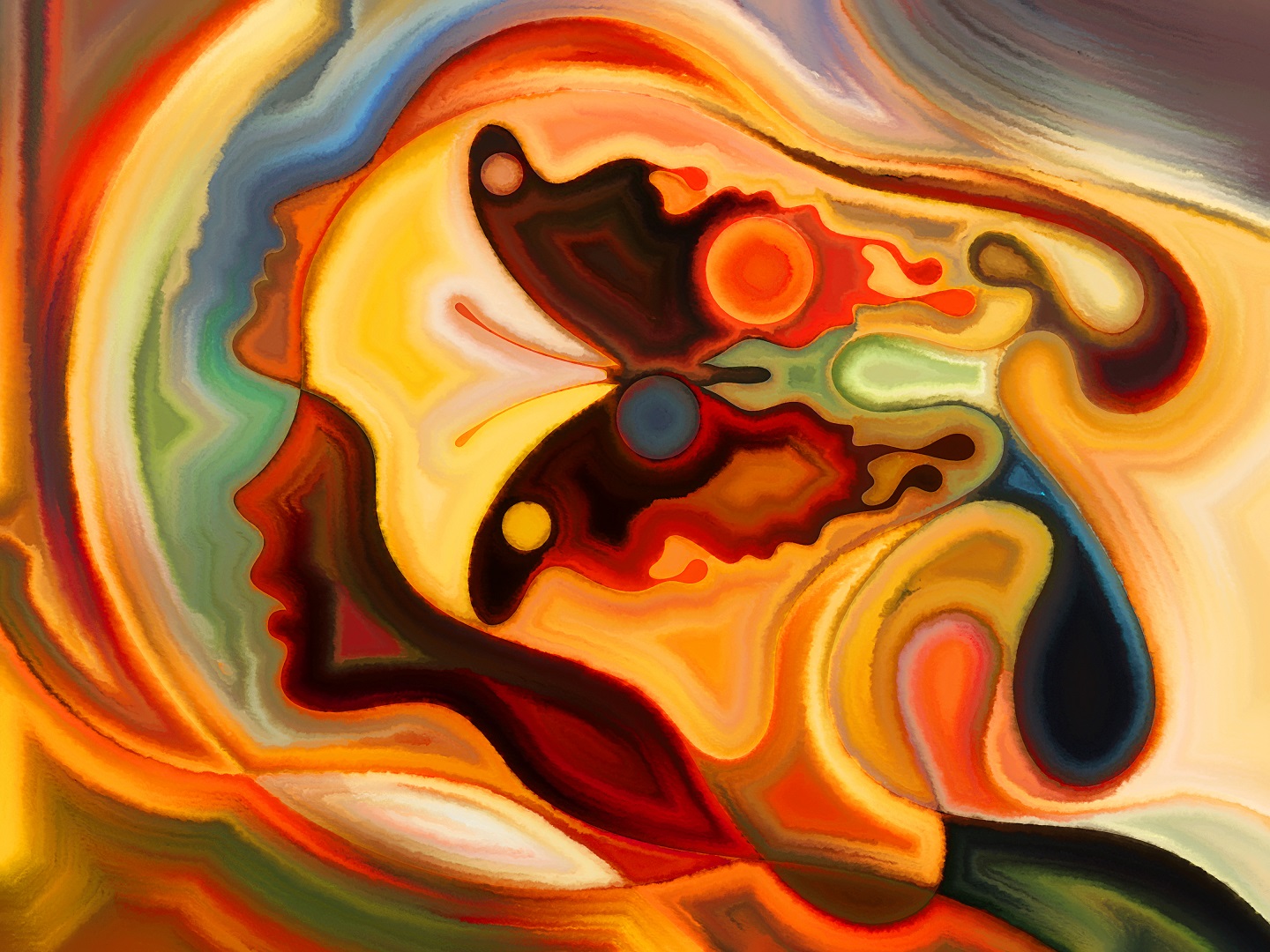
To
the humanists’ dismay, the conceptual ambivalence created by a scientific
worldview in which an outer, measurable reality remained incongruent with the
value-laden mental world of private experience ended up birthing a
proto-psychological discipline that went under the banner of ‘behaviourism’.
Behaviourism continued the diabolical Darwinian enterprise by outright denying
the self-directive and creative aspects of conscious awareness and dismissing
them as metaphysical illusions of the fundamental type. The denial would have
stemmed partly from the reductionist prerogative of the time and partly from
scientists’ obvious inability to describe the purposeful scope of cognition and
emotion strictly in behavioural terms. This created a persecutory atmosphere in
the scientific arena where intimations of top-down causation, meaning the
ability of human thought, willpower, or motivation to influence and enact
change in the impersonal outer world, was tantamount to, say, repeating ad
nauseam the trope that Jesus Christ and Mary Magdalene were married with a
daughter to a bunch of Pentecostals.
The
will to carve meaningful narratives into the fabric of reality, the will to
exercise mental autonomy, and the capacity to formulate cognitive schemata and
put them into operation could not be verified in any quantifiable, objective
sense; hence they were metaphysical untruths worthy of joining the same
historical dustbin as the pseudosciences alchemy, astrology, and theurgy. There
was nothing of any scientific worth to be found within the human head, or
without for that matter. Behaviourism’s fervent supporter, the Harvard
psychologist B.F. Skinner (1904-1990), drove home this particular sentiment
with the words, “A scientific analysis of behaviour dispossesses autonomous man
and turns the control he has been said to exert over the environment.”[1] The
obvious absurdity of this position was rife from the 1920s to the 1960s, a time
when behaviourist conformists and converts forced lab animals like rats and
rabbits to run miles and miles through the interconnected tunnels and pathways
of their micro-labyrinths, convinced as it were that vindicating their
objective theorems would eventually dish up some hitherto deeper understanding
of the human plight in purely physical terms. Soon everyone was abroad the
Pavlovian bandwagon, seeking a plethora of conditioned responses to
deliberately paired stimuli that would show, once and for all, that
quantifiable similarities with our primitive animal ancestors far outweighed
any subjectively perceived differences.
For
a while behaviourism went about its business, assuming that it was taking out
the dirty laundry, dusting the bookshelves, sweeping the floors, and airing the
bedrooms of scientists and literati enamoured of a stringently impersonal
world. Things just weren’t as complicated as what some of the more
philosophically-orientated predecessors had thought, and the simpler
explanations were far more plausible than intricate and multidimensional ones
in accounting for mental epiphenomena. The new methodology sounded really good
on paper, infallible even, until one day it dawned upon the scientific
housekeepers that the detritus and dust they were desperately trying to banish
from sight was simply re-accumulating in the cellar. Let’s proceed with some
examples. Russian scientists working to consolidate Pavlov’s paradigm in the
first half of the twentieth century found that guinea pigs and rabbits
subjected repeatedly to a dual prescription of a trumpet blast and a bacteria
injection became conditioned to the associational network so that eventually
sound alone could elicit an immune response.[2] This
top-down connection between the unconscious mind and the immune system, or the
limbic brain and physiology, was explored further in the 1970s by the
co-founder of psychoneuroimmunology, the psychologist Robert Ader (1932-2011),
and his associate Nicolas Cohen; in their experiments methodical injections of
a cocktail comprised of saccharin and an immunosuppressant in lab rats inevitably
forged an association between the mental prescription of sweet or anything
sweet-tasting and immune suppression.[3]
Roughly two decades later, Howard Hall took the final plunge into
behaviourism’s no-man’s land, daring to utilize scientific advances in
microbiology to authenticate past clinical anecdotes implicating the
unconscious mind as the eternal wellspring of anomalous healing. Deploying
strict experimental controls he was able to demonstrate beyond all reasonable doubt
how conscious intervention through dynamic psychotherapies like guided imagery
and self-hypnosis increased white cell stickiness, thus enhancing immune
function.[4] Historically,
it was the first empirical demonstration of conscious mind manipulating matter.
The
evolution of a mind-matter synergy shouldn’t have existed, yet here it was
staring the behaviourists in the face like morning rays that light up an entire
room from a peripheral slit in the shutters. To their utter consternation,
dismissing it from theoretical consensus as metaphysical psychobabble a second
time around was going to be even harder given that the empirical evidence in
support of a mind-body link aligned with the prevailing scientific method and
could be replicated by any scientist inquisitive and open-minded enough to
accept the proposition as a possibility. Naturally when there’s a will there’s
a way, and for a time behaviourists remedied this problem with the adoption of
tyrannical attitudes towards the growing counterculture of holistic health. We
know that hidden beneath the patina of any existing scientific paradigm are
emotionally-charged assumptions that researchers will not part with for obvious
reasons, something Austrian psychoanalyst Wilhelm Reich (1897-1957) found our
when he dared to suggest that leading a repressed emotional life could manifest
cancerous tumours.[5]
Reich’s unintentional upsetting of the status quo was castigated and penalized
in a manner that would have titillated the diabolical masterminds and
frontrunners of fascist movements; in an act most paradigmatic of a barbaric
and immoral attack against the spirit of true science, Reich’s intellectual
corpus was gathered and incinerated at the behest of the Food and Drug
Administration (FDA) in the sole book burning event to be held in the United
States and endorsed by the U.S. Constitution.
Thankfully,
no scientific truth may be combusted and the ideas simply passed into the
expansive continuum of practical esotericism offered by alternative paradigms
like humanistic and transpersonal psychology with their emphasis on self-determination,
intentionality, and subtle energy. Following in Reich’s footsteps, a
psychologist working at the University of California, San Francisco (UCSF), in
the 1980s named Lydia Temoshok found that cancer patients who gave free reign
to their inner emotional voices experienced accelerated rates of recovery that
were significantly higher than those who did not.[6] Again, the normal science subscribed to by
the material behaviourists was implicating the indivisibility of psychological
attitude and immune response, the mental and physical ontologies–no matter how
many times they had attempted to exorcize it from their conceptually cleaned
laboratories, it just kept popping out from the cellar like an ominous clown-faced
jack-in-the-box.
Roughly
six thousand years have elapsed since thinkers from cradle civilizations like
Sumer and Egypt pondered the nature of the mind-matter connection, and still we
go on spinning the infinite thread, convinced that our contemporary science
will soon unravel a tangle most resistant to anthropic rationalization. Whereas
the behaviourists eventually faded into obscurity, the materialistic monism
they were so fond of passed to the cognitive neuroscientists, a new breed of
sophisticated scientists searching for system-level explanations to account for
phenomena attributed to the conscious and unconscious mind. Working under the
behaviourist premise of bottom-up causation, many of them will take the innumerable
gamut of subjective conscious states experienced by each individual in the
guise of an integrated and indivisible personal experience as evidence for a dynamic
process buttressed entirely by the distinct morphology of biological structures
wrought via evolutional selection. Today, arguments for the neural correlates
responsible for consciousness are consistently made for brain structures like
the mesencephalic reticular formation, the thalamocortical loops, the reticular
formation, the intralaminar thalamic nuclei, and the tangential intracortical
network of layers I-II.[7] Polemics
have sparked over which areas, neural subsets, and neural properties take part
in fabricating conscious experience and which do not, an experimental endeavour
bound to raise far more questions than what it can answer. The idea of mind as
an emergent property of the brain is known as the embodied mind hypothesis. If the
empirical validity of this contemporary paradigm is absolute, then there should
be nothing in the experimental corpus suggestive of authentic communication
between nonlocal minds in the absence of physical mechanisms. But there is, and plenty of it.
In
1974, the psychiatrist Ian Stevenson examined young children who could recall memories
connected to deceased personalities which had died under violent and tragic
circumstances. Among other unfathomable and anomalous characteristics, it was
found that some of these children exhibited skin abnormalities and birth marks
on the same areas of the body where the established prior personality had
incurred its fatal injuries. After subjecting each to clinically-detached
scrutinization, Stevenson selected the twenty most salient for publication in his
Twenty Cases Suggestive of Reincarnation
(1974). To date this particular work offers some of the most empirically sound evidence
for the doctrine of reincarnation and the survival of human personality after
death and has been continually cited in journals and books on mind-matter
interaction.
From
this and an accumulating mass of other experimental investigations into ‘psi’
phenomena it is patently clear that mind isn’t embodied at all, but rather that
mind is nonlocal in nature, a bandwidth of nonphysical energy covering multiple
frequencies which are tapped, transferred, and temporarily stowed in the
physical brain for the entire duration of one’s corporeal life. From what we
know and understand about the universe today it appears that what we call mind
is in fact subtle albeit higher frequency-based information protracting into a
much denser and visible environment through cell-based biological agencies, our
nervous systems. You might like to think of consciousness as the internet or
online world and the brain as the desktop computer able to download software
programs onto its hard drive. The gradual twentieth century shift from a
particle-based universe to a universe comprised of subatomic particles which are
more frequency-like in their behaviour harmonizes with this more comprehensive
perspective. Speaking with reference to the aforementioned debate, Harvard
neurosurgeon Dr Eban Alexander has recently stipulated that, ““The old paradigm of birth to death represents an outdated concept that
is woefully inadequate in defining the unfolding reality of expanded awareness.
Materialist science is at the end of its days as most scientists are changing
their views. The old concepts are soon to be relegated to the same dust bin as
‘the earth is flat’ as we develop a more mature understanding and transcend old
beliefs.”[8]
Going
on what the Harvard neurosurgeon has predicted for Newtonian science, the
embodied mind hypothesis, and other dominant paradigms of the mechanistic
worldview, one has to wonder what kind of conceptual renovations are in stall
for the proverbial chicken-egg debate in the twenty-first century. Perhaps
we’ll learn that hidden behind the chicken-egg schematic is something far
nobler, grander, and revolutionarily apocalyptic than what we had ever imagined…
[1]
Dean Radin, The Conscious Universe: The Scientific Truth of Psychic Phenomena (New
York, USA: HarperCollins, 1997), pp. 283.
[2] Candace B. Pert, Molecules of Emotion: The Science Behind Mind-Body Medicine (New
York City, NY: Scribner, 1997), pp. 190.
[3] Ibid, pp. 190-191.
[4] Ibid, pp. 191.
[5] Ibid, pp. 191.
[6] Ibid, pp. 191-192.
[7]
Gerald M. Edelman & Giulio
Tononi, A Universe of Consciousness: How
Matter Becomes Imagination (New York City, NY: Basic Books, 2000), pp. 8.









